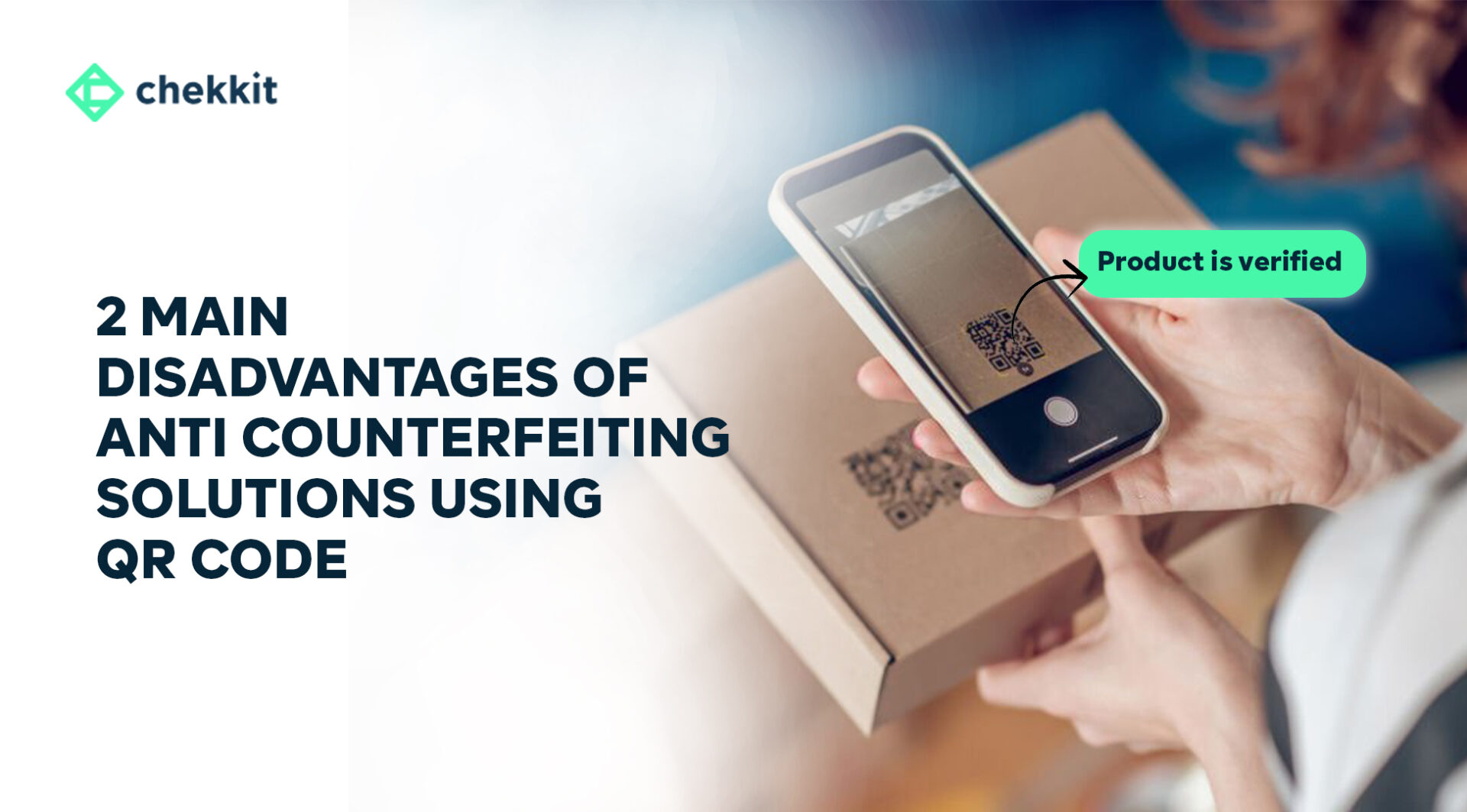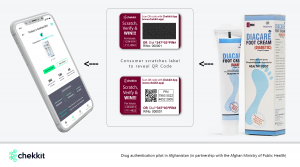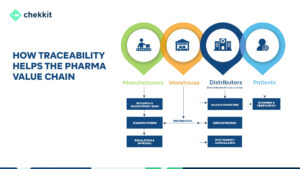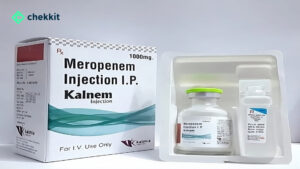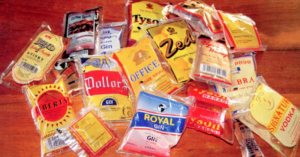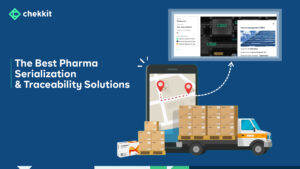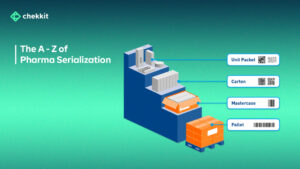Have you ever seen a bottle of wine or medicine pack with a QR code and wondered if those good-looking square images can really stop someone from making a fake version of the product?
If you have, you’re in good company. That’s the biggest concern most brand owners have when deciding which anti counterfeit solution they should go for..
Before we go further, it’s important you understand what QR codes are. They are basically 2-dimensional images that can hold a lot more data than the normal bar codes. What’s really great about it is how well it provides a “Quick Response” when scanned.
To answer the first question, let’s divide QR codes into two broad sections;
1. Regular QR Codes;
When scanned, they lead to a URL (website). These are commonly used on marketing materials (flyers, business cards, merchandise, billboards, etc) to drive traffic to a website or engage the people scanning. Most of the QR code generators you see online are for regular QR codes
2. UID QR Codes;
UID simply means Unique Identity. As the name implies, these codes carry a unique identifier and are the type used in anti-counterfeiting, track & trace, and tagging of physical or digital assets.
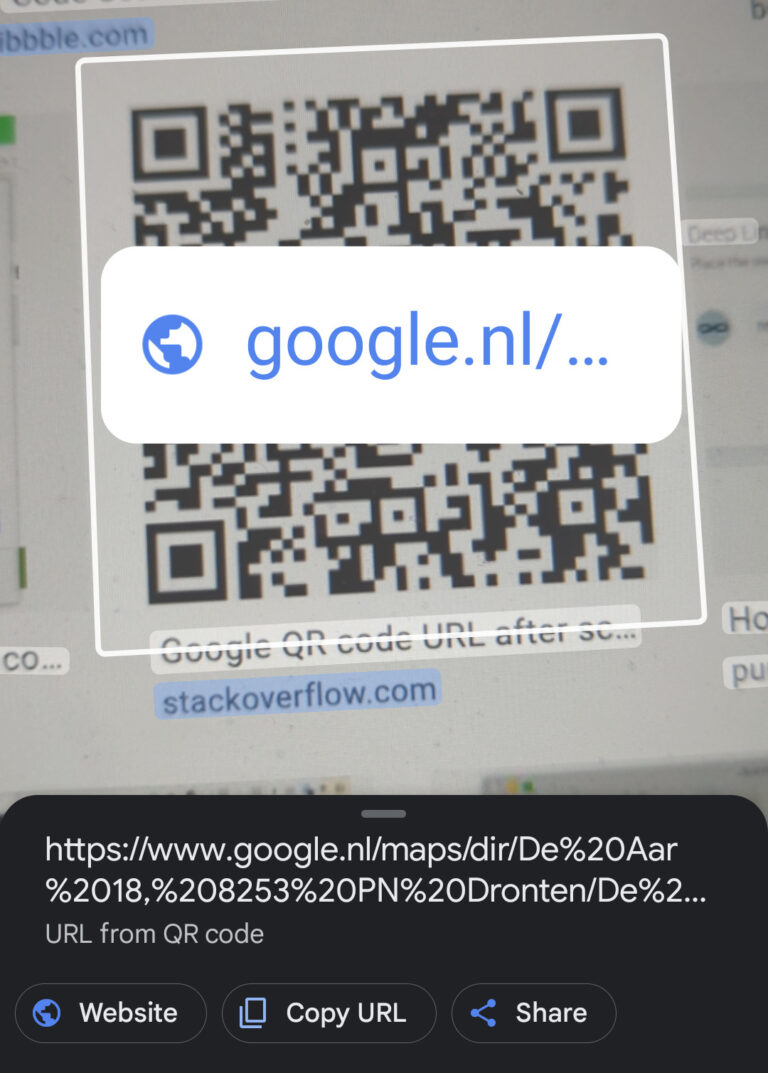
As you can see, while the first type of QR code will not stop counterfeiting at all, the second type will provide a decent fight. However, cunning counterfeiters can beat the system with some effort.
Here are some ways these QR Codes are vulnerable and things you can do to reduce such vulnerabilities.
Disadvantages of using QR Codes for Anti Counterfeiting
1. QR Codes Are Visible
A counterfeiter can easily take a high-resolution picture of the QR code, duplicate it, and put it on a fake product. It would look 100% like the original code and when scanned, provides the same feedback as the original.
2. QR Codes Are Open Source
Most QR codes you find today can be scanned by regular scanner apps available on your app store or that come by default with your phone camera. The fact that the underlying tech for QR codes is open source and uncomplicated, provides a huge vulnerability.
It would be unfair if we gave you the challenges without providing solutions so here’s how you can make QR Codes still work for your anti-counterfeiting.
How To Secure Your QR Codes For Anti Counterfeiting
1. Hide the QR Codes with a Scratch-Off Film
How To Choose Your Pharma Serialization Software: 5 Most Important CriteriaThis will stop just any Tom, Dick, and Jane from duplicating your QR codes easily. All a consumer has to do when they come in contact with a product is scratch off the film to reveal the QR code before then scanning it. Another way is to utilize 2 QR codes; one visible and one hidden with the scratch-off film.
In addition, the software should allow for the inclusion of new features without necessarily needing a full system revalidation. If your pharma serialization software has these unique qualities, it would be able to adapt very quickly to new legislation and upgrade without putting a dent in your wallet or causing you more trouble than you’re willing or capable of handling.
It would also be awesome if the traceability solution you use integrates with tools you already use so you don’t have to change your entire process just to accommodate one software.
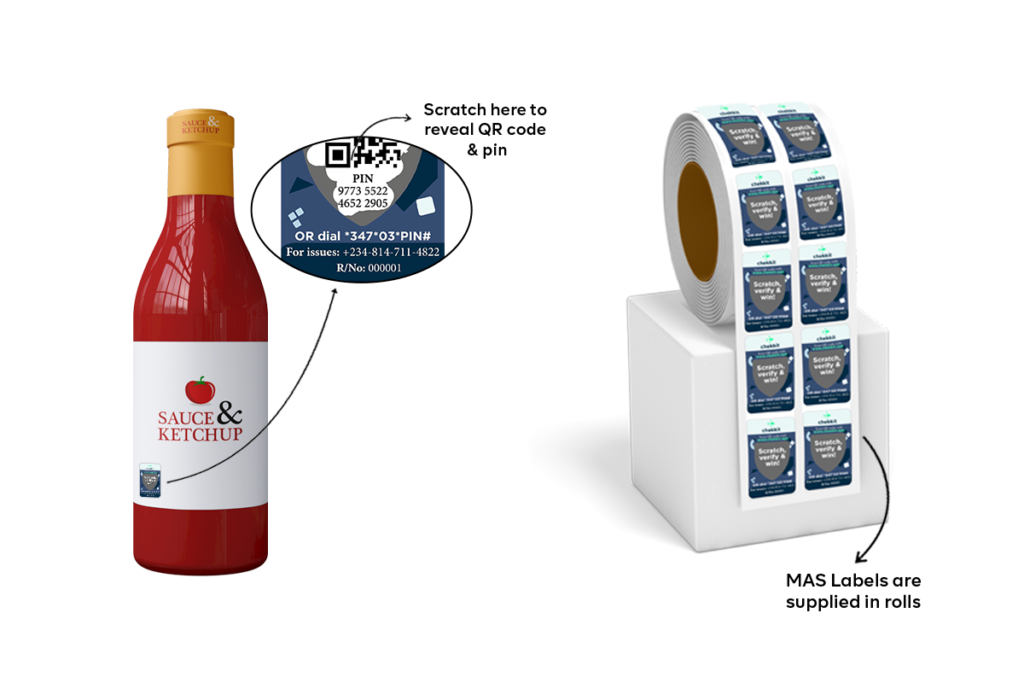
2. Create a Closed Engagement/Verification Loop
Encrypt the QR codes so that they can only be read by specific apps you choose. With this method, a consumer will have to download the app from their app store or visit a website to use the web app. This way, you can control how your codes are verified and easily spot codes that are not on your database.
3. Monitor & Flag Suspicious Activities
After implementing a closed loop and encrypting your codes, another important step is to set up a system that monitors the number of times these codes are being verified and where they are being verified from. Automatically comparing and analyzing these data can automatically help you spot instances of possible counterfeiting and prosecute those distributing the fake products. In the pharma world, this is a very important part of pharmacovigilance.

4. Use Technologically Advanced Packaging Materials
You can use technologies like taggant inks to print the QR codes themselves or the labels. Such materials can be read by special hand-held devices and are great for verification at ports, brand agents, and government agencies. An example of such materials is taggants which are basically coded ink.

Using any of the extra security measures listed above with your anti-counterfeiting QR codes will greatly improve its reliability but to really get a fully secured system, it is advisable to use all 3 security measures at once.
If you’re currently researching your option, you can check out our blog post comparing 5 of the best anti-counterfeit solutions available in the market today.
Chekkit’s anti-counterfeit solution combines a scratch-off label with a unique verification process and taggant printed labels to help manufacturers of pharmaceutical & consumer products stop counterfeiters for good.
Will you like to see how it works? Get free samples & a product demo

